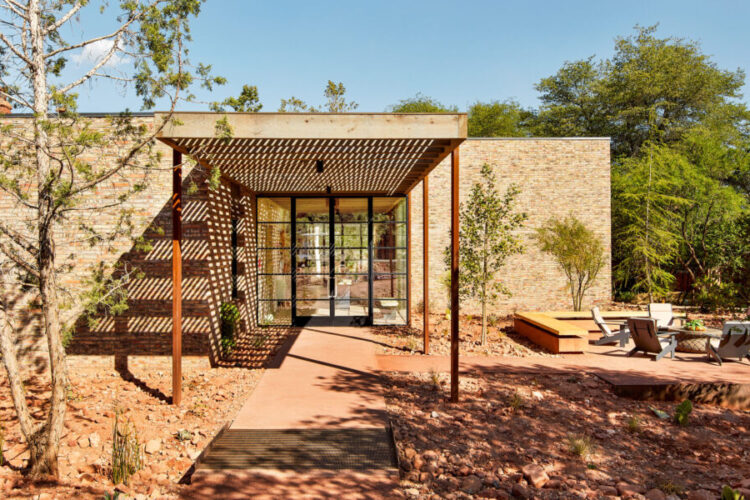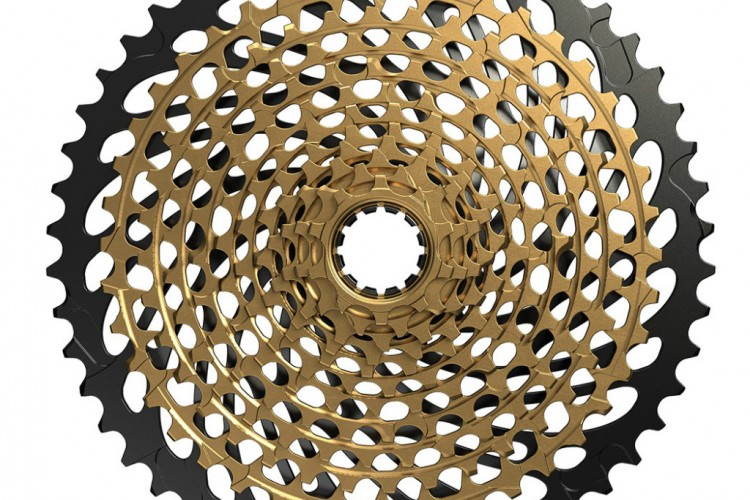
Editor’s Note: In a first for my Over a Beer column, a reader has taken the time to write a detailed response to one of my articles. But Bruce Alt is not just any mountain biker– as a Certified Association Executive who has served nonprofits throughout his career at the national and state levels, he also served as the Vice President of Government Relations at IMBA for several years. He has founded Fat Tire Solutions, a membership management and organizational consulting firm dedicated to dramatically boosting revenues for former IMBA chapters, and is honing his wrenching skills at the largest bike shop in Little Rock, Arkansas. Any opinions expressed in this column are Bruce Alt’s alone and do not necessarily represent the opinions of Singletracks.com. -Greg Heil
I just read the November 9, 2016 Singletracks.com post Over A Beer: “Let me order that for you.” Why Bike Shops Need To Keep Parts in Stock. Then I listened to the recent podcast titled “Your Local Bike Shop Is Not Trying to Screw You” featuring a Local Bike Shop (LBS) owner in Atlanta, GA. Both of these make several very valid points dealing with LBS service, product availability, and convenience for retail customers. My response goes a little further in an attempt to explain some of the hidden factors behind the difficult and rapidly-changing world of bicycle retail operations.
[see_also id=”198617″][/see_also]
I feel very blessed to have arrived at a point in my career where, for several reasons, I am finally able to work in a local bike shop. So I’m getting an “up close and personal” look at something I’ve wanted to do for a long time. Even though I could tell plenty of stories to support observations about all aspects of our retail operation, that post would be far too lengthy. Instead, let’s just talk about the subject of product availability, otherwise known as inventory.
In today’s online world, everything a cycling customer wants or needs is available from an online supplier(s), at a very competitive price, with speedy and sometimes free delivery. So why would anyone shop at an LBS for the same product? Simply put, price isn’t everything.
Cyclists also appreciate curation, instant availability, and the opportunity to touch/smell/see the product, particularly if they want to buy the right size and color the first time. But the overriding factor that is keeping cycling customers loyal to their LBS is service, and that takes several forms, ranging from professional, well-qualified mechanics and sales representatives to a good selection of desirable products, parts, and accessories.

First, the obvious: of course we want to have the exact part, accessory, product, bike, color, brand, and size of what you want when you walk into our shop. Otherwise, we can’t sell it to you, right? But all that costs money, and much more than most people realize. So here’s a look behind the curtain into “inventory” in the hope that customers will better understand and appreciate why their LBS may not have exactly what they want, every time they visit the store.
Whaddaya Mean, Inventory Costs Money?
Consider the following aspects of our bike shop’s inventory:
- An employee touches everything in inventory many times. An employee has to order, receive, enter into store inventory, pay for, unpack, stock, pull, and then sell or install. And manage the reordering process.
- The bottom bracket you may need for a race the next day could have been in inventory for a week, a month, or even a year, depending on demand for that item. Add up all the parts and bikes in stock, and that’s a lot of money potentially tied up for a long time.
- Not only are there a lot of product categories that shops need to cover–everything from socks to hydration packs to dropper posts–they also need to stock multiple choices within each category. So instead of just stocking a single hydration pack, a shop needs to have 3 different brands so that consumers have options.
- Inventory takes up space, and that space costs money, i.e. “rent.”
- If a shop also sells bikes as a dealer, please know that bike manufacturers have minimum requirements for sales volume and inventory. In order to qualify as a dealer, they have to meet varying requirements for the number of bikes in shop inventory, models and sizes. Ouch, now we’re talking about a lot more space. And money.
All of these inventory considerations cost the shop money. A lot. Who do you think pays for that? Most often, it’s either the owner’s invested capital (retained earnings) or a revolving bank loan that charges interest. Due to competition, the LBS doesn’t have the luxury of raising prices and passing the added cost on to the consumer.
In order to compete, minimize inventory costs, and maximize product availability for our customers, we have to manage our shop’s inventory. Owners historically have made their best guesses on how much to stock, what to stock, and when to buy/reorder it. We use a pretty sophisticated retail management software tool that helps us manage this function more efficiently. Still, these decisions are seasonal and are tempered by what we can actually afford to carry in inventory.
The shop where I work has four certified mechanics, five sales persons including our owners who work at least six days a week, and two full time employees dedicated to all aspects of managing over $500,000 in inventory. Despite this hefty commitment by our owners, we still don’t have everything that a customer may want. Here’s just one example.
Recently, a longtime customer wanted some new tires for an upcoming long ride on a multipurpose trail. I showed him three tires with different tread patterns that would have served him well and answered his questions. But he had his heart set on a specific size that we didn’t stock. I then located the size he wanted on one of our suppliers’ websites and ordered them for him. Thanks to a very well-established supply chain in the bicycle industry, we will install those tires for him in just a couple of days and he will be very happy since he is getting exactly what he wants in a timely manner. Our shop will have made a sale and performed a service for a loyal customer.
But will we have made money on this transaction? Probably not, when you factor in all the costs of the transaction, including the cost of my time. Here’s the bottom line: local bike shops don’t make money on every transaction. When that happens, and it does more times than many customers might think, we’re hoping that those satisfied customers will return in the future and make a service or product purchase that is profitable.
And that’s the way I see it,
-Bruce



















